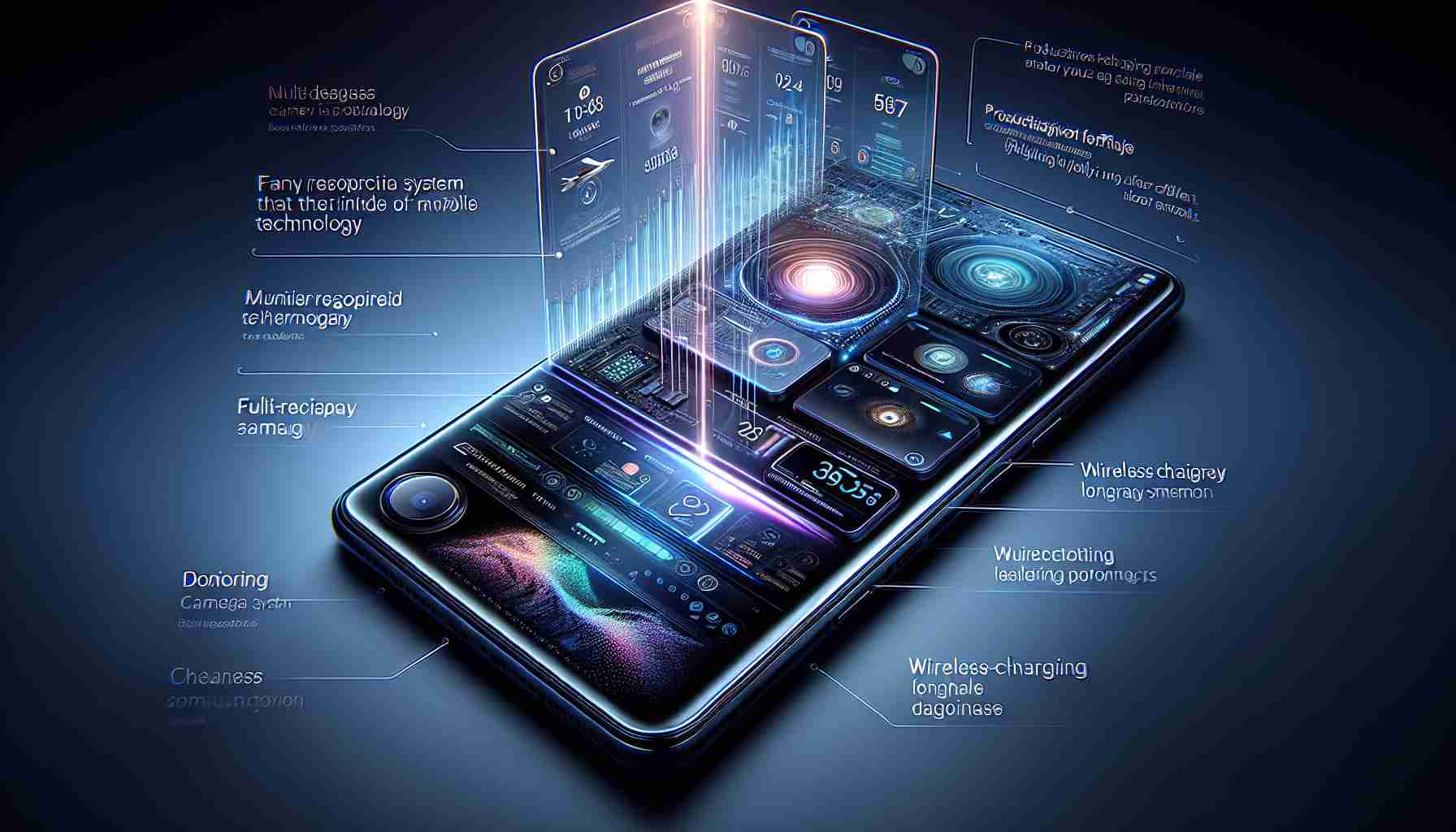In the rapidly advancing tech era, discerning smartphone buyers are setting their standards high. By 2024, a premium smartphone must reflect the current industry benchmarks, while mid-range phone users may afford to overlook a few high-end features. Here are eight pivotal features to expect in smartphones by 2024:
Superior Refresh Rates for Smooth Display
The human eye has become accustomed to high refresh rates in monitors and TVs, thus anything below 120Hz on a smartphone would appear choppy. While new adopters might struggle to perceive the difference initially, the smoothness becomes particularly noticeable when downgrading from higher refresh rates.
Triple-lens Camera Systems
In an age where photography via smartphones is ubiquitous, possessing a top-tier camera setup is indispensable. For high-end devices, an excellent wide-angle, telephoto, and ultra-wide lens combination is expected, ensuring readiness for any shooting scenario.
OLED Screen Technology
Whether opting for a mid-range or a flagship device, OLED screens have become the norm providing infinite contrast ratios and precise color reproduction. OLED and AMOLED outdo LCDs with their ability to control brightness at a pixel level rather than relying on LED backlights.
Leading-edge Processors
For Android enthusiasts, the Snapdragon 8 Gen 3, or Apple’s A17 Pro in the iPhone, are the go-to in 2024. Mid-range buyers should seek out last year’s top chips to ensure smooth performance without breaking the bank.
8GB RAM as Standard Requirement
Gone are the days when 4GB of RAM was ample. Multi-tasking and running multiple background applications demand no less than 8GB RAM for Android, with 6GB sufficing for the potentially more efficient iOS.
Day-long Battery Life
A phone with a battery life that lasts an entire day is a necessity to avoid the inconvenience of carrying chargers or power banks. Android devices should ideally carry a 5000mAh capacity to meet this need.
Generous Storage Options
High-resolution images and videos rapidly consume internal storage. Hence, a minimum of 256GB of storage space is recommended to accommodate modern file sizes. This is especially true for users who engage with high-quality formats like Apple’s ProRes and ProRAW, which demand substantial storage space.
Ensuring the presence of these features in your next smartphone purchase in 2024 will not only boost your user experience but will also future-proof your investment in the gadget sphere.
5G Connectivity and Future Network Preparedness
An essential feature not highlighted in the article is the necessity for 5G compatibility in smartphones for 2024. As 5G networks continue to expand and become the standard for cellular communication, smartphones need to support this technology to offer users the fastest available internet speeds, lower latency, and improved network reliability.
Advanced Security Features
Another critical feature is advanced security mechanisms in smartphones. Biometric security features such as fingerprint scanners and facial recognition have become mainstream, but future smartphones could incorporate more sophisticated technologies like on-device artificial intelligence that can detect unusual behavior to prevent unauthorized access.
Environmental Impact and Sustainability
A growing concern that is often not discussed in detail is the environmental impact of smartphone manufacturing. Features like repairability, use of recycled materials, and longer device lifespan are increasingly important to consumers who prioritize sustainability. Companies that address these concerns while maintaining high performance and aesthetic appeal are likely to stand out in the market.
Software Updates and Support
The frequency and duration of software updates that manufacturers offer are vital for maintaining smartphone security, performance, and feature set. Consumers should consider brands with a strong track record of providing timely and long-term software updates to ensure their 2024 smartphone remains relevant and safe to use over time.
Integrations with Wearables and IoT Devices
As the Internet of Things (IoT) continues to expand, it’s vital for smartphones to seamlessly integrate with a growing number of connected devices, such as smartwatches, home automation systems, and health monitoring tools. The ability of a smartphone to act as a central hub for these devices will be a critical feature for users who are increasingly invested in creating connected ecosystems.
Main Controversies and Challenges:
1. Privacy and Data Security: The more features and connectivity options a smartphone has, the more personal data it potentially collects, posing a significant privacy and data security challenge.
2. Phone Pricing and Accessibility: As feature sets expand, so too may the cost, making it a challenge for manufacturers to balance advanced functionality with affordability to reach a wider market.
3. Impact on Health: Concerns about smartphone use and its impact on mental health and well-being continue to be debated. Screen time, addiction, and the effect of blue light are examples of such challenges.
Advantages:
– Enhanced user experience with smoother performance and high-quality displays.
– Better multimedia and content creation capabilities with advanced cameras and storage options.
– Increased productivity through improved multitasking and processing power.
Disadvantages:
– Increased cost potentially makes high-end smartphones less accessible to some consumers.
– Rapid technological advancements can lead to a faster cycle of obsolescence.
– The environmental impact of frequent upgrades due to the resource-intensive nature of smartphone manufacturing.
For more information about future technology trends, you might visit reputable tech news websites such as Wired or TechCrunch.
The source of the article is from the blog karacasanime.com.ve
